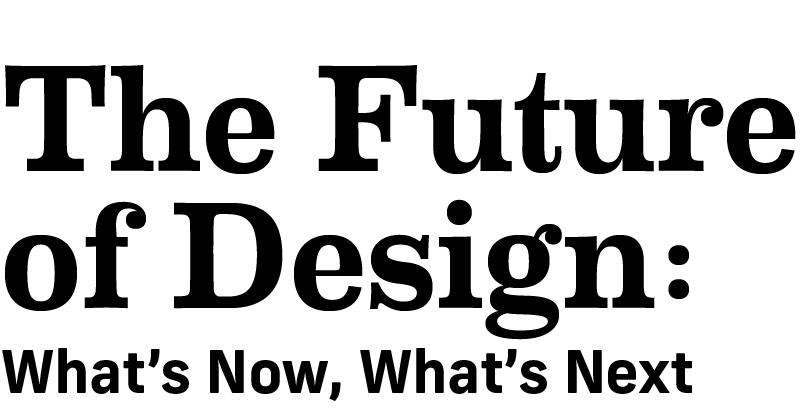Jane Rohde, principal at JSR Associates Inc. (Ellicott City, Md.), has taken on many roles during her career: consultant, designer, researcher, and senior living advocate. This afternoon at the 2015 Environments for Aging Conference, in Baltimore (April 18-21), she’ll accept The Center For Health Design’s Changemaker Award and give a presentation.
Recently, Environments For Aging talked with Rohde about her career, the changes she’s seen in the industry, and where she’d like to see the conversation about senior living evolve to five years from now.
Environments For Aging: Your 25-year career has included consulting, design, and research but also advocacy—how has the role of advocate been an important aspect of your work in improving living environments for seniors?
Jane Rohde: I don’t want to think of seniors as being vulnerable because they’re so powerful. But there’s a segment of the population that’s more vulnerable and doesn’t have as strong of a voice. In working on different senior living projects, as well as working at Erickson Retirement Communities (formerly Senior Campus Living), I’ve had the fortuitous opportunity to be around residents on a daily basis. This made it clear [to me] that there needed to be more focus on who residents are, versus treating them like a medical diagnosis—residents are individuals with specific desires.
You say that discussions about designing long-term care environments have to include the “who,” “what,” and “how,” but most importantly, the “why.” What do you mean by that?
The why is “why do we do what we do?” Designers who work in long-term care have more than design alone as a driver. The outcomes and the impacts on older adults have a “heart” component. Typically, clients that are mission- or purpose-driven create resident-centered environments. When long-term care environments are treated as only a real estate deal, the “why” of the heart is missing.
What is your personal “why” that informs your work?
My personal why comes from the people who have inspired me to do more. The people who when you get to know them and you realize their passion or their need, that you want to do something that can be bigger and better than you thought was possible. I’ve been fortunate because a lot of design professionals don’t actually get to work directly with residents on a regular basis, and I get to do that. Older people love to give you their opinions, so it’s great to hear what they say. It’s usually uncolored, uninhibited, just telling you like it is, and the result of that is you learn so much.
What’s the biggest change you’ve seen in the industry during your career?
The recognition that institutionalization is not ok. The other big shift is the environment itself. It’s just bridged from this double-corridor institutional setting to something that really is to the household scale. We’ve seen a lot of development of things that include more daylight, activities, and opportunities to go outside.
If you look at the Affordable Care Act, it has the potential for having more community-based service, which is good in some ways as long as the wrap-around services can occur in the community. If those can happen, then people are likely to be able to stay in their home or in the community. There’s a switch that you’re not just looking at designing something that’s for older people, you’re actually designing community for all people. It’s a bigger envelope than it ever was before with the opportunities we have for designing environments for people.
How close is the industry to achieving this?
It’s getting more traction. The sustainability movement has actually helped this idea of designing in community, too, because of having walkable cities, available transportation, access to food and groceries, and different services close to where you live. We’re even having the nursing or care facility being more centrally located, in a planned unit development or a new town development, so we’re realizing that it’s part of the fabric.
Five years from now, where do you want to see the conversation in terms of senior living environments?
I’d like to see more talk about multigenerational opportunities, which speak to the creation of community and where affinities can be identified and relationships develop naturally. The idea of segregating by age is something that has happened in many cases because of development constraints, but I also think there’s something false about it, that doesn’t ring true to how people might like to live. Having opportunities for multigenerational living and developing livable communities is where I’d like to see the conversation evolve.
I'd also like to see us address community-based services. We’ve been missing care coordination for generations. There’s always been this huge gap where you had services on one side and the person living on the other side, and no one was coordinating in between. By having that coordination, you can see amazing outcomes, so I would like to see that finally understood. The Affordable Care Act encourages coordination, because of improving outcomes being ties to payment. However, coordination is still not directly reimbursed. At some point, providers and housing developers should realize that not having care coordination is a failure to our healthcare system. Aging is not a medical condition; but aging can include the management of chronic diseases.
For more information on the conference and for live coverage from the editors, visit EFAconference.com. And watch for updates on Twitter by following the hashtag #EFACon.
Anne DiNardo is senior editor of Environments for Aging. She can be reached at [email protected].









